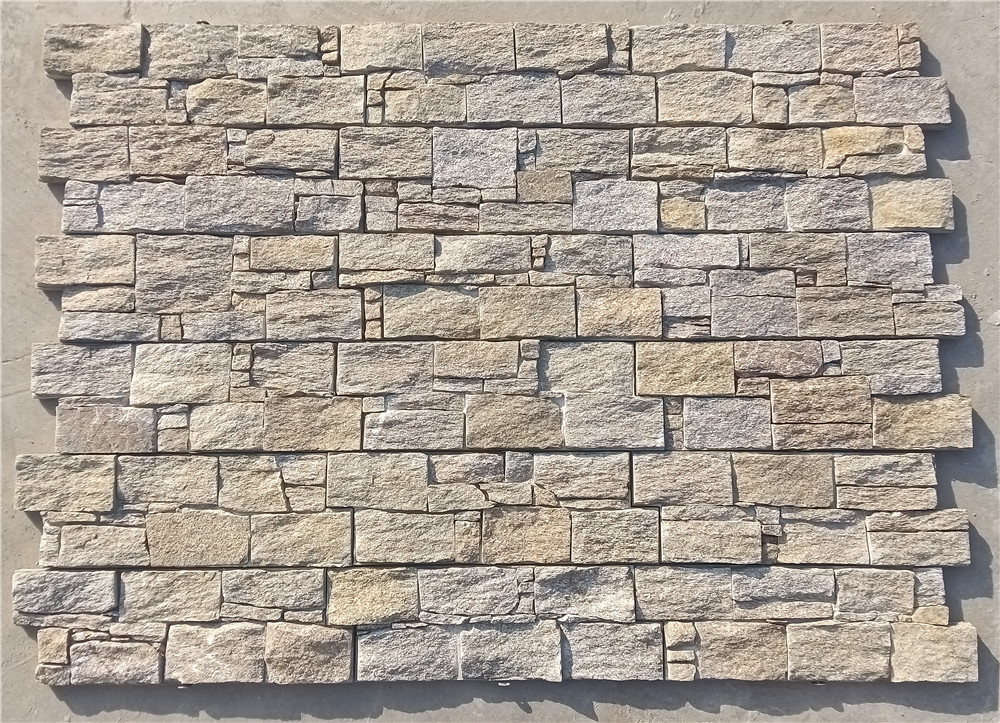Introduction
Stone veneer facade has become a popular choice for enhancing the aesthetics and durability of buildings. This versatile material offers a wide range of benefits, including its natural beauty, durability, and ease of installation. In this article, we will explore the various aspects of stone veneer facade, from its composition and types to its installation process and maintenance requirements.
Composition of Stone Veneer Facade
Stone veneer facade is made from thin slices of natural stone that are adhered to a backing material, such as fiberglass, cement, or concrete. This backing material provides structural support and ensures the stability of the stone veneer. The natural stone used in stone veneer facade can vary in type, including limestone, slate, granite, and marble, each offering unique colors, textures, and patterns.
Types of Stone Veneer Facade
There are two main types of stone veneer facade: natural stone veneer and manufactured stone veneer. Natural stone veneer is made from real stone that is cut into thin slices, resulting in a more authentic appearance. Manufactured visit our website , on the other hand, is made from a composite material that is designed to mimic the look of natural stone. Both types of stone veneer facade offer similar aesthetic qualities but differ in terms of cost and installation requirements.
Benefits of Stone Veneer Facade
Stone veneer facade offers a range of benefits that make it a popular choice for both residential and commercial buildings. Some of the key benefits of stone veneer facade include:
1. Aesthetic Appeal: Stone veneer facade adds a natural, timeless beauty to any building, enhancing its overall appearance and curb appeal.
2. Durability: Natural stone is known for its durability and ability to withstand harsh weather conditions, making stone veneer facade a long-lasting option for exterior cladding.
3. Versatility: Stone veneer facade is available in a wide range of colors, textures, and patterns, allowing for endless design possibilities.
4. Easy Maintenance: Stone veneer facade is relatively low-maintenance, requiring only occasional cleaning to maintain its appearance.
5. Energy Efficiency: Stone veneer facade can help improve a building's energy efficiency by providing an additional layer of insulation.
Installation Process of Stone Veneer Facade
The installation process of stone veneer facade can vary depending on the type of veneer used and the specific requirements of the project. In general, the installation of stone veneer facade involves the following steps:
1. Surface Preparation: The surface on which the stone veneer will be installed must be clean, dry, and free of any debris. This may involve repairing any existing damage or applying a waterproofing membrane to prevent moisture infiltration.
2. Application of Adhesive: A suitable adhesive is applied to the backing material of the stone veneer, ensuring proper adhesion to the substrate.
3. Placement of Stones: The stone veneer pieces are carefully placed on the adhesive, following the desired pattern and design.
4. Grouting: Once the stones are in place, grout is applied between the joints to fill any gaps and provide a cohesive finish.
5. Sealing: To protect the stone veneer facade from moisture and staining, a sealant can be applied to the surface periodically.
Maintenance of Stone Veneer Facade
Proper maintenance is essential to ensure the longevity and appearance of a stone veneer facade. Some key maintenance tips for stone veneer facade include:
1. Regular Cleaning: Periodic cleaning of the stone veneer facade with a mild detergent and water can help prevent the buildup of dirt and grime.
2. Inspection: Regularly inspecting the stone veneer facade for any signs of damage, such as cracks or loose stones, can help address issues before they worsen.
3. Sealing: Applying a sealer to the stone veneer facade can help protect it from moisture infiltration and staining, especially in high-traffic areas.

4. Repairs: Any damaged or loose stones should be repaired promptly to maintain the structural integrity of the stone veneer facade.
Conclusion
Stone veneer facade offers a combination of aesthetic appeal and durability that makes it an attractive choice for enhancing the exterior of buildings. With its natural beauty, versatility, and ease of maintenance, stone veneer facade provides a cost-effective solution for achieving a high-end look. By understanding the composition, types, installation process, and maintenance requirements of stone veneer facade, property owners can make informed decisions about incorporating this material into their building projects.
